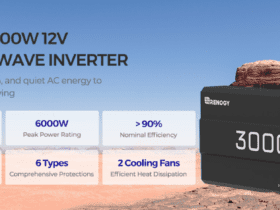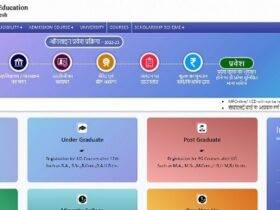Introduction
The rapid expansion of data center infrastructure and campus networks necessitates the adoption of high-speed, reliable, and scalable networking solutions. The 100G QSFP28 and QSFP28-100G-LR4 are key technologies that play a vital role in addressing these needs by providing enhanced data transmission capabilities over long distances. In this article, we will explore the features and benefits of these technologies, their impact on the core layer, and their role in facilitating seamless 100G to 100G connections in data centers and campus networks.
100G QSFP28: The Foundation for High-Speed Networking
The 100G QSFP28 (Quad Small Form-factor Pluggable 28) is a compact, high-density optical transceiver module designed to support 100 Gigabit Ethernet (100GbE) networks. Its small form factor allows for higher port density, which is crucial for accommodating the increased bandwidth demands in modern data centers and campus networks. The QSFP28-100G-LR4 is one of the key variants of the 100G QSFP28 module family, tailored specifically for long-range data transmission.
QSFP28-100G-LR4: Long-Range Connectivity for Data Centers and Campus Networks
The QSFP28-100G-LR4 is designed to support the 100GBASE-LR4 standard, which enables data transmission over a distance of up to 10 kilometers (6.2 miles) using single-mode fiber. This makes it an ideal solution for data centers and campus networks that require high-speed, long-distance connectivity. The QSFP28-100G-LR4 module features four parallel 25Gbps lanes, which can be used to aggregate and transmit data at a total rate of 100Gbps. This configuration enables a seamless transition from lower-speed networks to higher-speed networks, ensuring that data centers and campus networks can adapt to evolving bandwidth requirements.
Impact on the Core Layer
The core layer, or backbone layer, of a data center or campus network is responsible for efficiently routing and aggregating data traffic between different parts of the network. With the introduction of 100G QSFP28 and QSFP28-100G-LR4 technology, the core layer experiences significant improvements in terms of speed, scalability, and reliability. This results in reduced latency, increased throughput, and enhanced overall network performance. Additionally, the compact design of the QSFP28 modules allows for higher port density and reduced power consumption, contributing to more efficient and sustainable network infrastructure.
100G to 100G Connection: Seamless Network Expansion
As data centers and campus networks continue to grow and evolve, the need for efficient and reliable 100G to 100G connections becomes increasingly important. The QSFP28-100G-LR4 module plays a crucial role in enabling seamless 100G to 100G connections by providing a high-speed, long-range data transmission solution that can be easily integrated into existing network infrastructure.
By leveraging QSFP28-100G-LR4 technology, data centers and campus networks can easily expand their networks and accommodate growing bandwidth demands without the need for major infrastructure overhauls. This flexibility ensures that network operators can adapt to changing requirements while maintaining optimal performance and minimizing downtime.
Conclusion
In conclusion, the adoption of 100G QSFP28 and QSFP28-100G-LR4 technology is revolutionizing data center and campus network connectivity by providing high-speed, long-range data transmission solutions that meet the demands of modern applications. By enhancing connectivity, improving performance at the core layer, and enabling seamless 100G to 100G connections, these technologies are playing a vital role in shaping the future of network infrastructure. As data centers and campus networks continue to grow and adapt to the increasing demand for high-speed data communication, we can expect to see further advancements in networking technologies.
The 100G QSFP28 and QSFP28-100G-LR4 modules not only provide an efficient means of upgrading existing network infrastructure but also pave the way for the development of next-generation networks capable of handling even greater bandwidth requirements. By staying ahead of the curve and adopting these cutting-edge technologies, data center and campus network operators can ensure that their networks remain scalable, reliable, and high-performing in an ever-evolving digital landscape.
Moreover, as the adoption of cloud computing, the Internet of Things (IoT), and other emerging technologies continue to grow, the importance of high-speed, long-range connectivity in data centers and campus networks cannot be overstated. By leveraging the capabilities of 100G QSFP28 and QSFP28-100G-LR4 technology, organizations can stay ahead of the competition and provide their users with the fast, reliable, and efficient connectivity they need to thrive in today’s digital world.
In summary, the 100G QSFP28 and QSFP28-100G-LR4 modules represent a significant advancement in data center and campus network connectivity, offering numerous benefits in terms of performance, scalability, and long-range data transmission. By embracing these technologies, data center operators and campus network administrators can ensure that their networks remain future-proof and well-equipped to handle the challenges and opportunities of the digital age.





























Leave a Reply